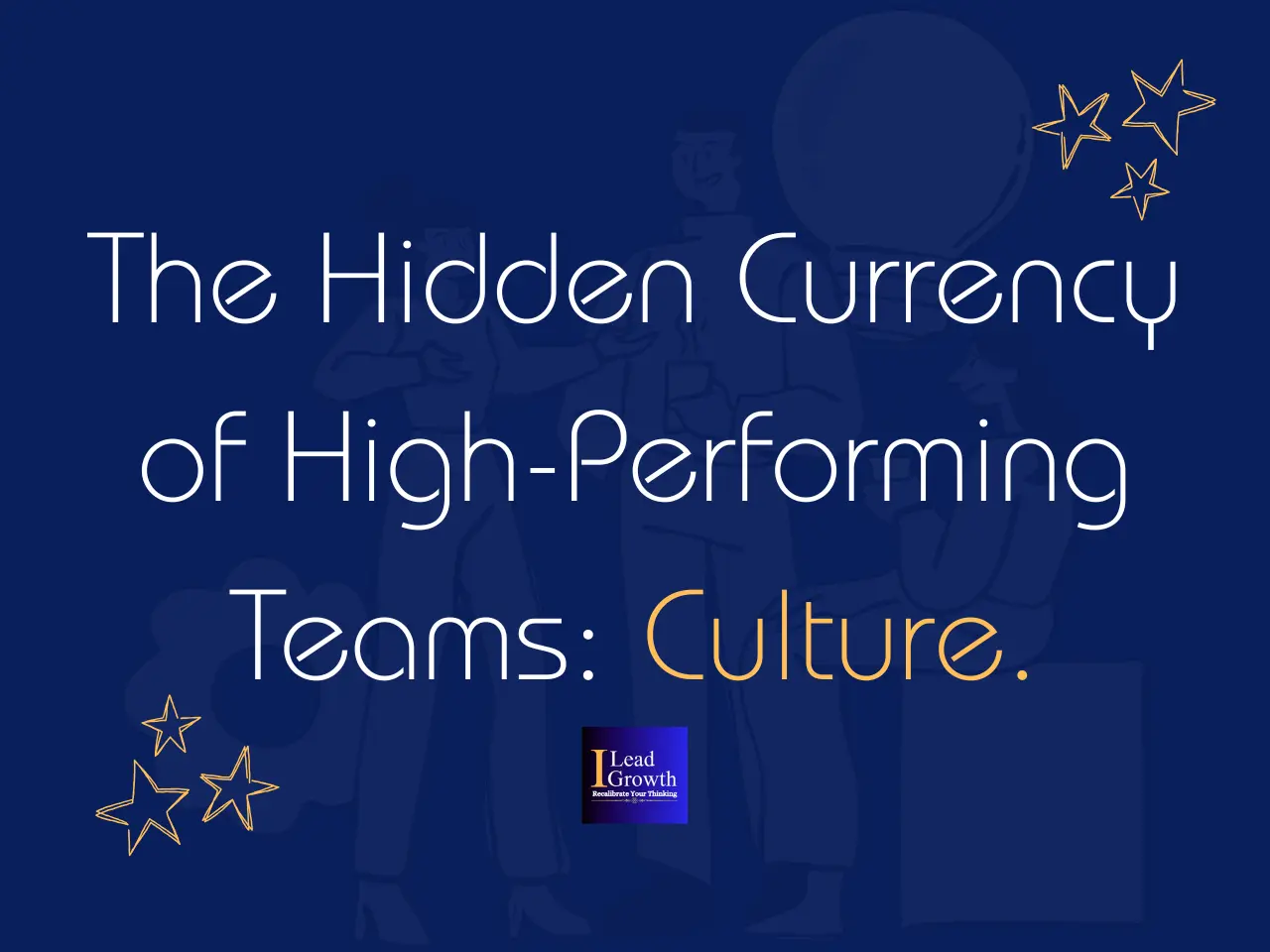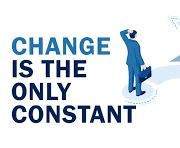By Coach OJO – Leadership & Growth Coach, I LEAD GROWTH
When people talk about “team culture” in the corporate world, it’s often reduced to buzzwords: collaboration, synergy, inclusion. These words look great on a mission statement—but if culture stays on paper, it dies on paper.
In reality, team culture is the hidden currency of an organization. It’s not what you say you value; it’s what you tolerate. It’s not what’s written in HR manuals; it’s the everyday atmosphere in meetings, emails, coffee breaks, and problem-solving sessions.
I’ve worked with teams that have world-class strategies but still struggle to deliver because their culture is brittle. I’ve also seen average teams outperform expectations simply because they protect the environment in which they operate. The difference? They understood this truth: culture eats strategy for breakfast—and leaves nothing for lunch if you ignore it.
The 3 Pillars of a Winning Team Culture
1. Psychological Safety – The Courage to Speak Without Fear
In too many workplaces, silence is the default survival strategy. Team members bite their tongues rather than risk being criticized or sidelined for voicing an unpopular truth. But in high-performing cultures, people are encouraged to raise concerns, question assumptions, and suggest new ideas without fearing personal backlash.
Psychological safety doesn’t mean everyone is always comfortable—it means people are confident that honesty won’t be punished. This principle has been proven by Harvard Business School’s Amy Edmondson, who found that teams with high psychological safety consistently outperform others, not because they make fewer mistakes, but because they address mistakes early, learn from them, and move forward faster. In practice, this might look like a manager openly admitting they missed a deadline, inviting others to learn from it, and reinforcing that- accountability is safe here.
Leaders who want to cultivate psychological safety must start with themselves. Own your errors, actively listen to dissenting voices, and create rituals—like post-project reviews—where mistakes are dissected without blame. Over time, the team learns that speaking up isn’t a risk; it’s a contribution.
2. Shared Accountability – The “We” Mindset
In a toxic culture, success is claimed individually while failure is distributed collectively. In a healthy culture, the reverse is true—success is shared and failure is owned together. This doesn’t mean diluting individual responsibility; it means recognizing that in a truly collaborative environment, outcomes are rarely the work of one person alone.
Shared accountability transforms “my department” into “our mission.” It breaks down silos by forcing teams to see how their work connects with others. This is especially important in corporate settings where different units—finance, operations, HR, marketing—often operate like separate nations under one flag. If one team is drowning, others must be willing to lend a hand, because the organization’s credibility is only as strong as its weakest point.
Leaders can foster this by making goals collective rather than purely individual, and by rewarding behaviors that help others succeed. When bonuses or recognition include cross-functional collaboration metrics, people are incentivized to think beyond their immediate role. Over time, shared accountability becomes the cultural default, and “that’s not my job” disappears from the vocabulary.
3. Purpose-Driven Values – Turning Words into Workplace DNA
Most organizations have values. Few live them. The difference between decorative and operational values is simple: decorative values are framed on a wall; operational values are used to make decisions, resolve conflicts, and measure success.
For example, if “integrity” is truly a value, it will guide hiring choices, client partnerships, salary reviews, and budget allocations—even when those choices hurt in the short term. If “innovation” is a value, it will be reflected in the freedom teams have to experiment, the tolerance for occasional failure, and the budget allocation for research and development. The danger is when values are used for branding but abandoned under pressure—employees notice, and trust erodes instantly.
Purpose-driven values also act as a filter for who thrives in your culture. When values are clearly defined and consistently applied, they attract people who align with them and repel those who don’t. Over time, this builds a culture that is self-reinforcing, where the environment naturally sustains itself without constant top-down policing.
“Understand this truth: culture eats strategy for breakfast—and leaves nothing for lunch if you ignore it.”
Actionable Steps to Strengthen Your Team Culture This Week
Run a “Culture Pulse Check” – Ask three simple questions in your next meeting:
- What’s one thing we do well as a team?
- What’s one thing we should stop doing?
- What’s one thing we should start doing?
Listen without defensiveness
Model the Behavior You Want to See – Leaders set the cultural thermostat. If you want transparency, show transparency. If you want respect, show respect—especially under pressure.
Celebrate the Small Wins – Culture grows where it’s watered. Publicly acknowledge behaviors that align with your team’s values. People repeat what gets recognized.
Summary
A great culture doesn’t happen by accident; it’s built, reinforced, and protected – daily. As leaders, our job is not just to direct tasks—it’s to curate the environment in which people bring their best selves to the table.
Because when you invest in culture, you’re not just creating a better workplace—you’re building an unstoppable team.
Coach OJO Leadership & Growth Coach | I LEAD GROWTH Helping leaders and teams unlock their full potential. 🌐 www.ileadgrowth.com
Recalibrating Minds for Growth | Thought Leader | Founder @ILeadGrowth | Facilitator @Beyond Success Kenya | Leadership Coach & Trainer | Motivational Speaker |


